Walking May Save You from Poor Sleep
 Scientists have known for years that walking is great exercise. Regular brisk walking can extend your lifespan up to twenty years! But a new study has shown that walking may offset the harmful effects of poor sleep patterns.
Scientists have known for years that walking is great exercise. Regular brisk walking can extend your lifespan up to twenty years! But a new study has shown that walking may offset the harmful effects of poor sleep patterns.
It’s no secret to doctors of all kinds that not getting enough quality sleep interferes with not only your daily function, but also your longevity. Insufficient sleep may cost you years off your life. So, anything you can do to improve the way your body works could give you back those lost years.
A huge study in Australia and England followed 380,000 people over 11 years and compared their exercise routines with their sleeping habits. They discovered that those who exercised consistently shook off many of the problems associated with bad sleep – in other words, even if they didn’t sleep enough, exercise helped them to live longer and healthier.
Those who both exercised and slept well were even healthier still. But those who slept poorly and did not exercise were 60% more likely to die early, 70% more likely to get heart disease, and had a 45% greater risk of cancer.
The World Health Organization says adults over 18 should aim for either 150-300 minutes of moderate exercise each week, or 75-150 minutes of vigorous exercise each week. The sleep researchers agreed with this plan.
So, if you sleep well, good for you. But if you don’t, develop a habit of walking briskly – it may save you unnecessary pain and help you to live a healthier life.



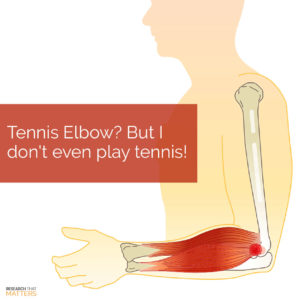 Bottom Line:
Bottom Line:
 Bottom Line:
Bottom Line: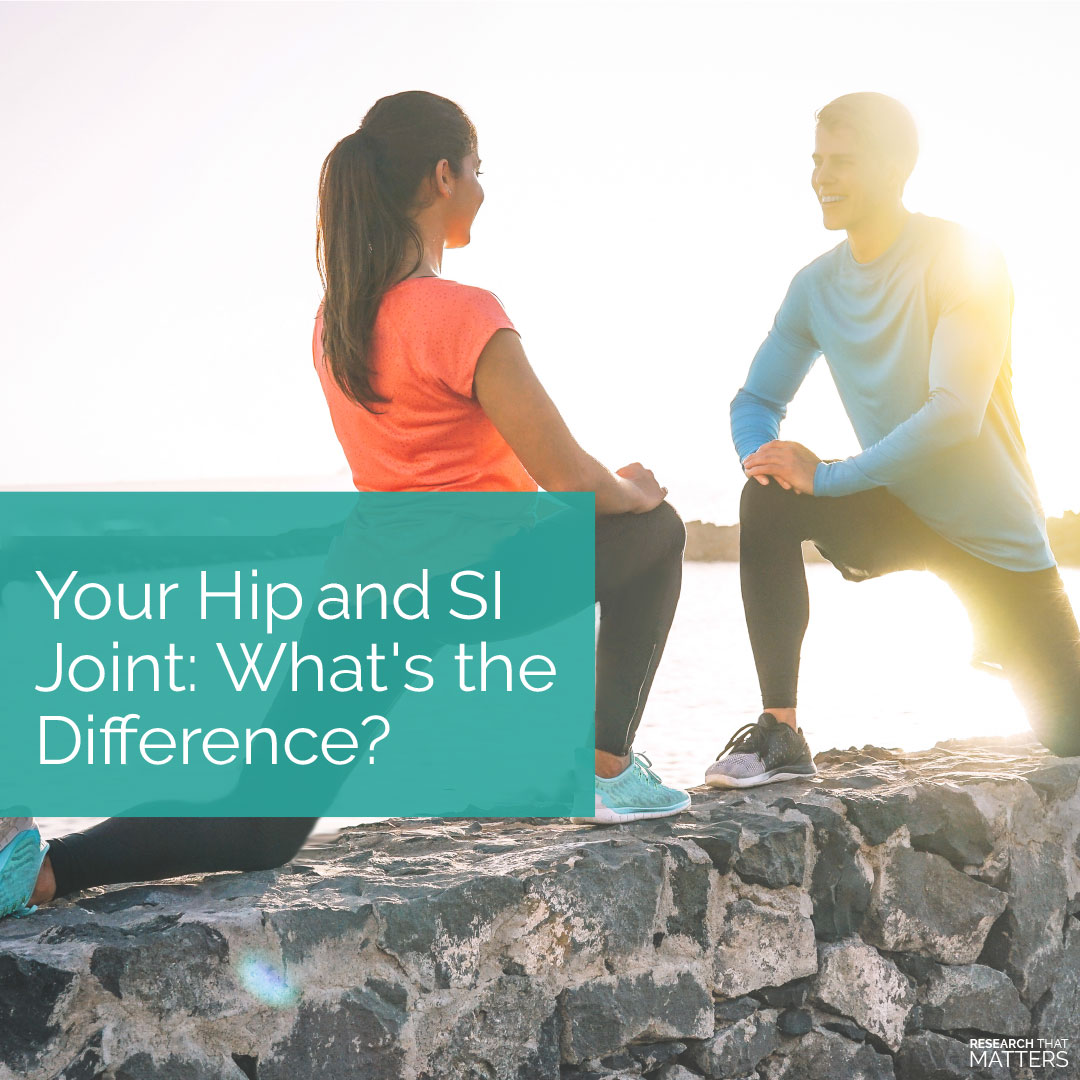
 While figuring out the difference between hip and SI (sacroiliac) joint pain can be extremely confusing, being able to identify which one is the culprit is crucial when you’re looking for relief.
While figuring out the difference between hip and SI (sacroiliac) joint pain can be extremely confusing, being able to identify which one is the culprit is crucial when you’re looking for relief.
 Bottom Line:
Bottom Line:
 Bottom Line:
Bottom Line: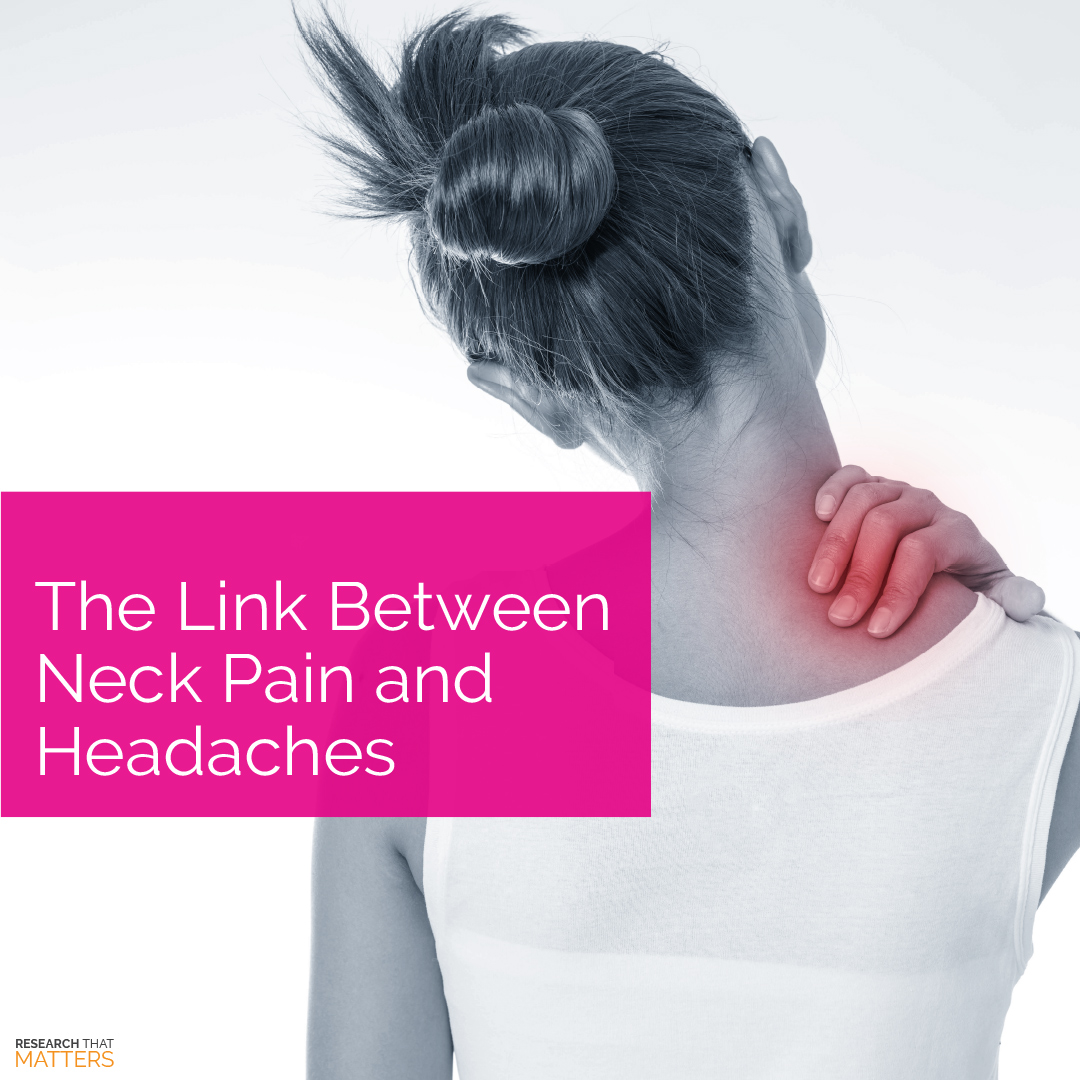
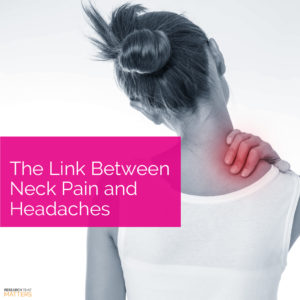 You may be surprised to learn that neck pain and headaches are tightly linked together.
You may be surprised to learn that neck pain and headaches are tightly linked together.
 Bottom Line:
Bottom Line:
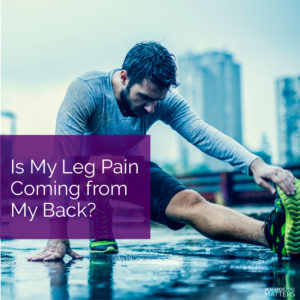 Bottom Line:
Bottom Line:
 Bottom Line:
Bottom Line: